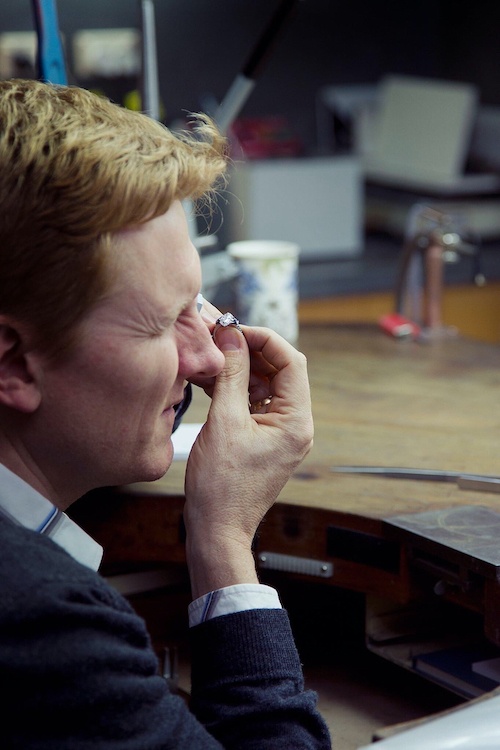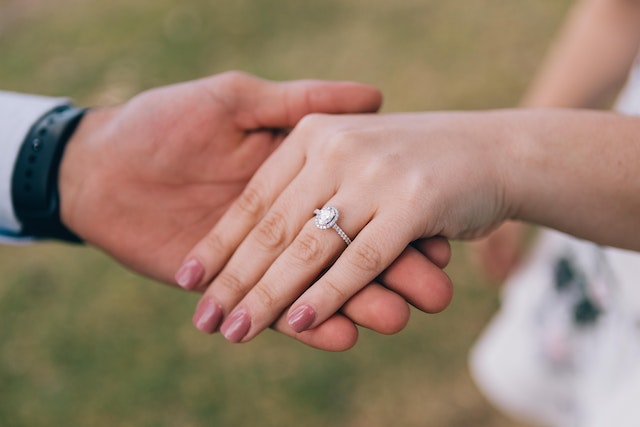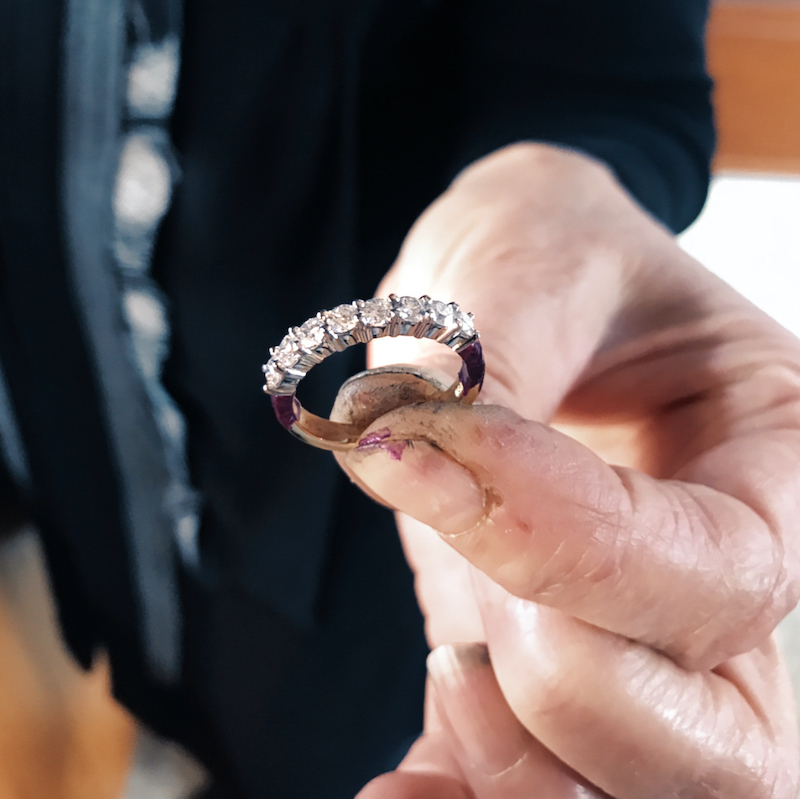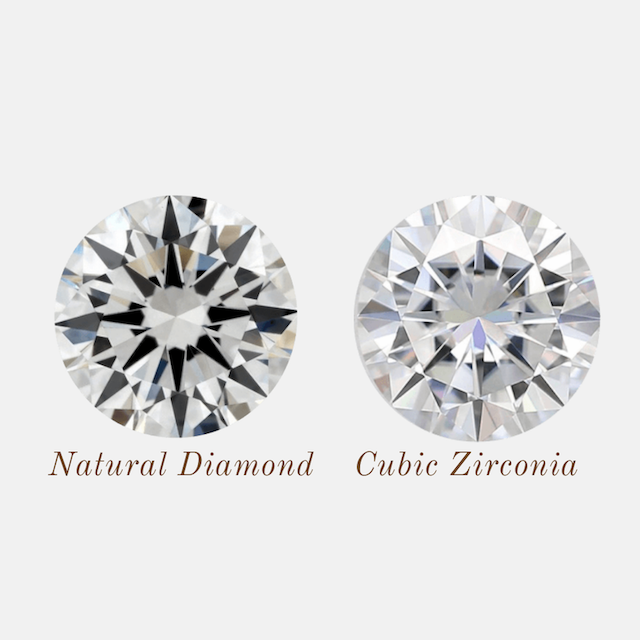
Staying Ahead in the Latest Engagement Ring Trends: How DDS Diamonds Leads the Way
Staying Ahead in the latest engagement ring trends: How DDS Diamonds Leads the Way A Legacy of Excellence Latest engagement


Staying Ahead in the latest engagement ring trends: How DDS Diamonds Leads the Way A Legacy of Excellence Latest engagement

Handmade Engagement Rings are a Symbol of Love and Commitment Getting engaged marks a major milestone for a couple. Therefore,

Handmade vs. Cast Engagement Rings: What You Need to Know When deciding between a handmade or cast engagement ring, it’s

Celebrity Diamond Jewellery Trends in 2024: What’s In and What’s Next Celebrities have always set the bar high in fashion

The Benefits of Remodelling Jewellery: Why It’s Worth Considering Jewellery often holds both financial and sentimental value. However, over time,

Why Rose Gold Diamond Jewellery Is So Popular: A Closer Look Rose gold diamond jewellery has surged in popularity in

How to Keep Your Diamond Engagement Ring Sparkling in Adelaide A diamond engagement ring represents love and commitment, so taking

Why Diamonds Are the Perfect Gift for Valentine’s Day Giving diamonds on Valentine’s Day is a timeless and romantic gesture

The Essential Guide to Rhodium Plating Jewellery Rhodium plating plays a crucial role in the jewellery industry. This technique uses

Choosing the Best Metal for Your Engagement and Wedding Rings: White Gold or Platinum? Deciding between white gold or platinum

The Ever-Changing Landscape of Diamonds: Why Natural Stones Remain the Superior Choice Diamonds are extraordinary creations of the Earth. They

How Should an Engagement Ring Fit? When you purchase or receive a Diamond ring, one of the first questions that

Popular Alternatives to Diamonds for Engagement Rings While diamonds remain a classic choice, many couples are exploring alternatives for engagement
Book A Consultation
As your reliable manufacturing jeweller in Adelaide, we are available during business hours and also after hours. Please Call Us to book an appointment or click the button below.
Let us help you design the perfect diamond engagement ring, wedding ring, or jewellery and make a memory of a lifetime.
Subscribe to Our Newsletter
Be updated and receive future announcements and new releases by joining in our mailing list!
Opening Hours
By Appointment Only
Tuesday – 9:00 am to 6:00 pm
Wednesday – 9:00 am to 6:00 pm
Thursday – 9:00 am to 6:00 pm
Friday – 9:00 am to 6:00 pm
Saturday – 10:00 am to 2:00 pm
Our Location
Craftsmanship That Stands Out
At DDS Diamond Design Studios, craftsmanship isn’t just a skill—it’s an art. Our expert jewellers blend years of experience with modern technology to create stunning pieces. Each design showcases the high quality DDS is known for. This meticulous attention to detail highlights how DDS Diamond Design Studios, the best manufacturing jeweller in Adelaide is unique in delivering exceptional elegance.
Categories
Guides
Book an Appointment